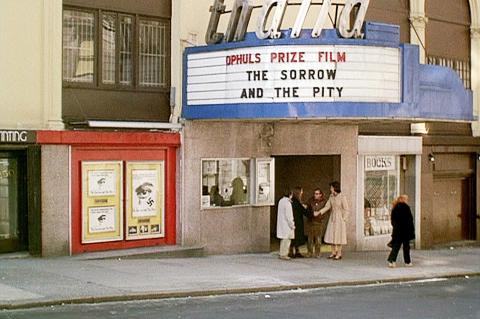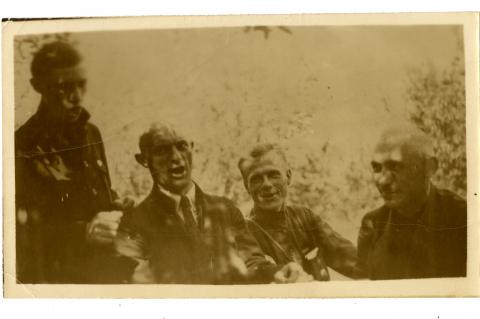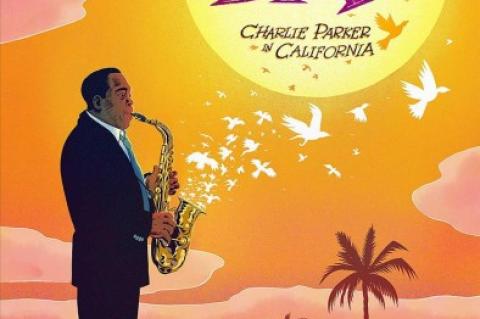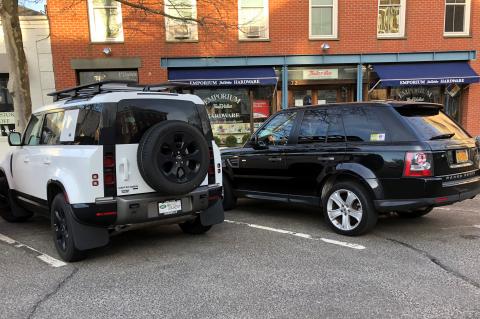A cable TV search for something to watch. Something other than ads.
Columnists
Of late, I have gotten interested in a psychological aspect of cleaning.
 The Shipwreck Rose: In the Dark
The Shipwreck Rose: In the DarkIt was at Theater 80 that I received my education in Barbara Stanwyck and Greer Garson.
Word from sunny Florida raises hopes for a revived piano circuit.
I was delighted to tell Mary the other day what I’d learned, to wit, that the Gaelic word saoirse “means freedom . . . the freedom to be and to express yourself.”
 The Shipwreck Rose: Mariupol, 1922
The Shipwreck Rose: Mariupol, 1922Recollections of an ancestor's relief work in Mariupol, Ukraine, a century ago.
When expressions of thanks are unfailingly met with more thanks . . .
Asked by an interviewer recently if I could describe the two Covid years in one word, I replied, “Constraint.”
It was one of those little moments when something someone casually says can change your trajectory for good.
 The Shipwreck Rose: Twinkies and Trix
The Shipwreck Rose: Twinkies and TrixThe world of 1970s snackitude was fully encompassing, a total sensory experience of taste, texture, aroma, sound, and vision.
We went to the Sag Harbor Cinema recently, and in leaving I said to Mary that we’d never again have to go to New York City.
For the first time in my memory, we have not a single letter to the editor about East Hampton Airport.
Personality-driven commentary and ingratiating displays of concern in place of reporting is exactly what the father of the 24-hour news cycle, Ted Turner, did not want.
You would think that Vladimir Putin would have chosen a sport other than judo, “the gentle way.”
In the coming weeks, work on an initial set of five bronze bricks bearing the names of enslaved people will begin.
Do teenagers still pool-hop at strangers’ homes in the best ZIP codes? I hope they do.
The benefits of bilingual education, especially on Long Island, are obvious.
Big birds of prey seem to be all around, and my perch in the dunes off Cranberry Hole Road is a decent enough place to see them.
We feel that March is the true start of the year, just as it’s obvious that February is the year’s gruesome and grizzled end.
 Gristmill: Slip Sliding Away
Gristmill: Slip Sliding AwayThe weirdness of the Beijing Winter Olympics was perfectly mirrored by the intricacies and dead zones of NBC’s Peacock streaming service.
Tom Edmonds of the Southampton History Museum and Victoria Berger of the Suffolk County Historical Society have been suspended for featuring Ku Klux Klan-related material and programming.
Thoughts from the Grand Velas resort on whether there are two kinds of people in this world: package-vacation people and independent-travel people.
 Gristmill: Talking to Coltrane
Gristmill: Talking to ColtraneTwo essential graphic novels on the occasion of Black History Month.
Continuing in the same vein as last week, more excerpts from “Five Characters in Search of an Editor,” read 50 years ago at Guild Hall.
Four years ago when a few of us began looking into early East Hampton’s relationship with slavery, we were met with a cocked head and some variation of “We don’t have anything about slavery.”


